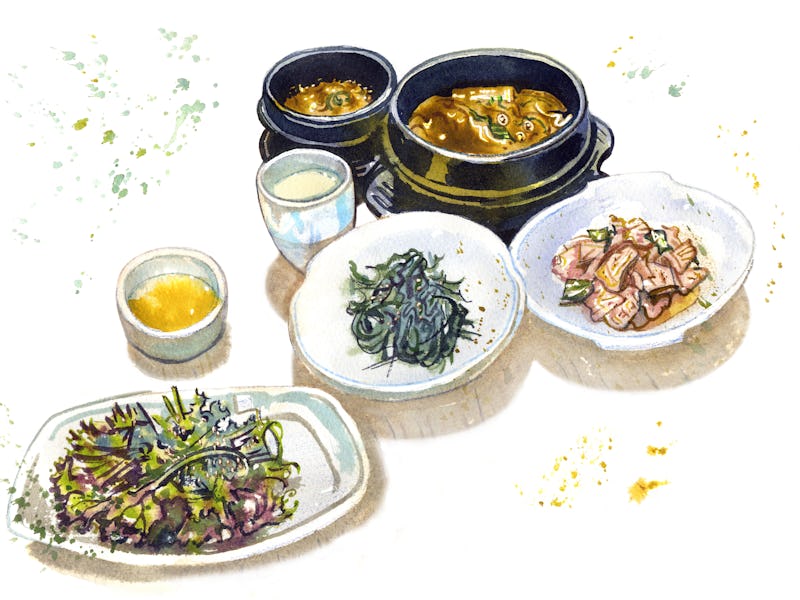Ceramic cooking pots record history of ancient food practice
Food remains show us what ancient humans were cooking with.

Discovering how ancient civilizations ate helps us truly understand what life was like before our time. Sometimes, those insights come from ancient food itself, left behind in traces on used cookware.
Now, researchers have come up with a way to improve their ability to analyze ancient cooking artifacts and open a window into the past.
A study published Thursday in the journal Scientific Reports describes a new tool to investigate food remnants left on ceramic pots. Researchers studied charred bits of food and two types of residue to track how each was deposited on the vessels.
The new method could help pin ancient artifacts on a more precise timeline.
The research team wanted to compare changes in food residue over time, built up as the pots were consistently used for cooking food. To do this, they conducted a year-long cooking challenge. They cooked food on unglazed ceramic pots every week, varying across seven different recipes that included wheat, maize, and venison dishes.
A cooking pot, well-used in the experiment.
The team wanted to be able to distinguish long-term food remnants from more recent food scraps, so they changed up the menu for the final cooking session. That way, they could determine where and when leftover food built up on the pots.
The analysis revealed three key insights:
- Charred food in the pots came from the final meal cooked in the vessel
- Patina residue layer included a mixture of previous meals, biased toward the final meal
- Lipid residue (absorbed in the pots) accumulated and was replaced slowly over time; does not include final meal
Food chemistry — The chemical analysis of the left-behind food involved measuring the carbon and nitrogen isotopes in the pots. These are deposited in the residue left by carbohydrates, proteins, and lipids (i.e. fats) in a meal's ingredients. Researchers discovered new patterns in how those residues are formed, and then deposited on cookware.
The findings demonstrate how some food residue lingers over months, while other indicators make it clear what was last cooked on a given ceramic vessel.
In the future, the technique could help scientists build a better timeline based on food remnants, potentially illuminating new parts of ancient history. Soon, we could know what a real paleo diet looked like.
Abstract: Chemical analyses of carbonized and absorbed organic residues from archaeological ceramic cooking vessels can provide a unique window into the culinary cultures of ancient people, resource use, and environmental efects by identifying ingredients used in ancient meals. However, it remains uncertain whether recovered organic residues represent only the fnal foodstufs prepared or are the accumulation of various cooking events within the same vessel. To assess this, we cooked seven mixtures of C3 and C4 foodstufs in unglazed pots once per week for one year, then changed recipes between pots for the fnal cooking events. We conducted bulk stable-isotope analysis and lipid residue analysis on the charred food macro-remains, carbonized thin layer organic patina residues and absorbed lipids over the course of the experiment. Our results indicate that: (1) the composition of charred macro-remains represent the fnal foodstufs cooked within vessels, (2) thin-layer patina residues represent a mixture of previous cooking events with bias towards the fnal product(s) cooked in the pot, and (3) absorbed lipid residues are developed over a number of cooking events and are replaced slowly over time, with little evidence of the fnal recipe ingredients.